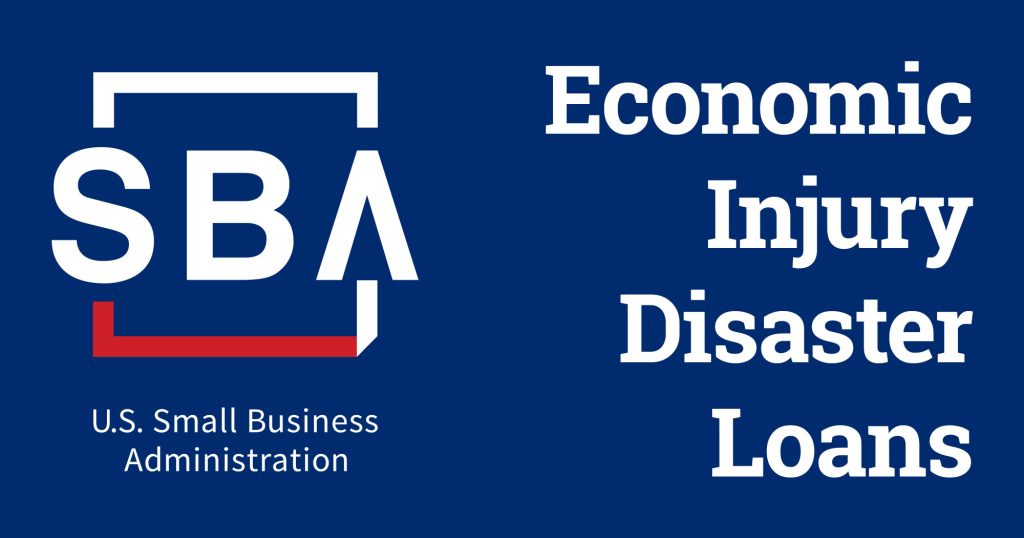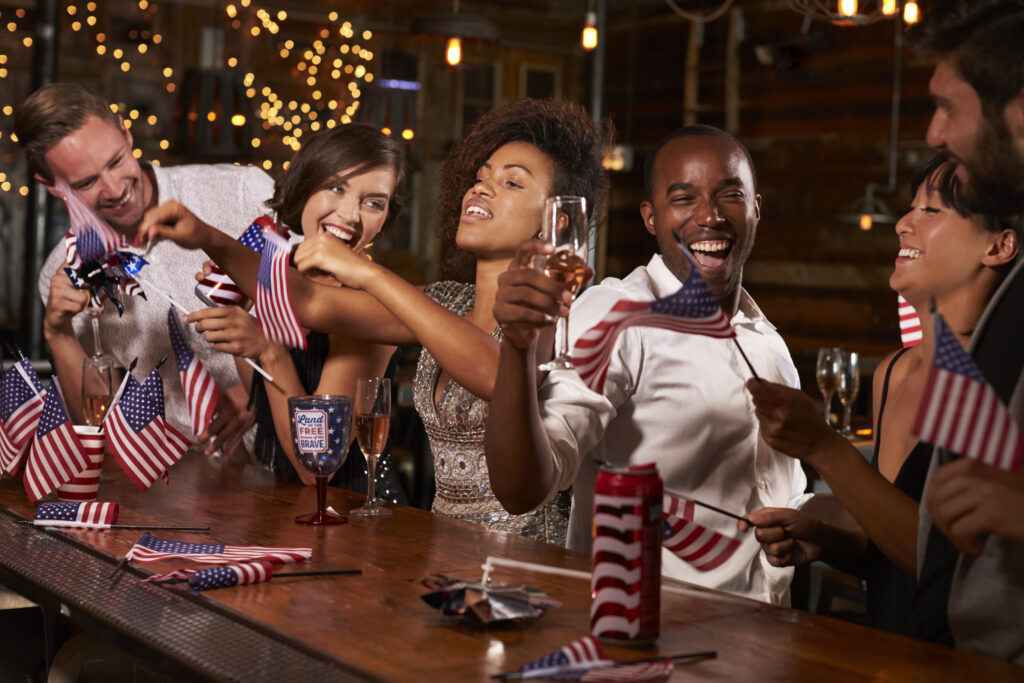
By: Angelo Coletta, CEO – Zakeke
Enabling customers to customize their purchases is a quick and easy way to expand into new markets and boost profits. Some distilleries and craft brewers are beginning to take advantage of this innovative approach to scale their businesses. For example, Silent Pool Distillers increased their orders fivefold in 2020 in part with the help of product customization.
Possibilities abound for other distillers and craft brewers to do the same. Moreover, it’s easier to enable customization than most business owners think. Today’s product customizers offer automated processes that reduce the required amount of attention and manual labor to little or nothing.
What is Product Customization?
Product customization allows customers to change the visual appearance of products according to their own individual needs and desires. Sellers empower consumers to build their own unique products, perhaps by adding their names or those of others. Depending on the specific product and customization service, customers may also be able to add photographs or longer messages of their own writing. In a sense, the product becomes a canvas for them to create upon.
Some of the beer, wine, and spirits industry’s biggest names allow their bottles to be customized, offering proof of concept. Tito’s Vodka and Hennessy VS Cognac bottles can be etched, and a large selection of bottles can be engraved, including Don Julio tequila, Woodford Reserve bourbon, and Dom Perignon champagne. Other makers, such as Maker’s Mark, Jameson, and Jack Daniel’s, offer bespoke labels. Silent Pool Distillers does this for four of their distinctive gins.
A wide range of items can be customized, including purses, jewelry, keychains, apparel, towels, and bedding. There are even services that customize things you wouldn’t expect, like USB drives, coffee sleeves, drinking straws, bobbleheads, and — believe it or not — cookies or cakes.
Why Enable Product Customization
The answer is simple: product customization improves the bottom line. According to a 2019 Tech Clarity survey of 285 companies that offer customization, 71 percent listed increased sales as one of its benefits. More than 50 percent pointed to differentiation and higher margins. Thirty-five percent nodded toward customization’s “cool factor,” and 34 percent said they experienced higher close rates. Forty-two percent indicated that offering customization had become a necessity in their industry to stay competitive.
Product customization elevates profitability for a number of reasons. First, customers are willing to pay more for customized products. According to Bain & Company, they will reach into their wallets to the tune of 20 percent more than the uncustomized version. This means manufacturers who customize can set higher prices. Meanwhile, they don’t incur new costs, since automated processes minimize the work required. While customers may only purchase a single customized item or a small lot, these sales are a painless way for the business to expand, and they do add up.
Secondly, product customization encourages customer loyalty. The same Bain & Company report also found that, “customers who had customized a product online engaged more with the company. They visited its website more frequently, stayed on the page longer and were more loyal to the brand.”
Happy customers can result in repeat business and referrals to their friends and family. The ability to customize sets a business apart, distinguishing it from competitors in the eyes of consumers.
If that wasn’t already enough, Bain reported lower rates of return for customized products than for their mass-produced counterparts. When customers take ownership of the look and feel of their purchase, they tend to be more satisfied with the outcome and less likely to change their minds.
All of this adds up to increased sales and a better business.
Why Customers Love Customization
Customization appeals to customers for many reasons. Part of the draw is that it makes customers feel special. They are willing to invest their time and effort into creating a unique product that is tailored to their own tastes and exacting requirements. Since they are the ones who determine what the final product looks like, it is sure to please them.
Another reason is that customization provides customers with a sense of control, that all-too-scarce commodity in today’s hectic, stressful, and sometimes overwhelming world. They are in the driver’s seat throughout the process. This is one element of their lives that they can impose their will upon and be confident of receiving gratification.
It can also be just plain fun. For instance, Silent Pool Distillery’s user-friendly website steps prospective customers through the creation process. After clicking on the option to personalize their gin, they are taken to a new web page with four varieties that may be customized: Original Juniper, English Garden, Fresh Grapefruit, and Spiced Pepper. When customers click on the name of the flavor they want to purchase, a new page comes up with the product’s specifications.
Beneath the “Add to Cart” button, a “Customize” option takes customers to an interactive interface where they design their bottle’s label. A large button with an upward-pointing arrow invites them to upload photographs of themselves, their loved ones, pets, or places special to them. Alternatively, they may choose from a library of 140 million stock photos arranged by helpful categories like “Business & Finance,” “Sport & Extreme,” or “Travel and Vacations.”
Next to the upload arrow is a button that allows clients to add text to the label, giving it a special name or writing warm messages to recipients. Customers can change the font size, make the text bold, position it anywhere from top to bottom, center the words, or align them to the left or right. They can even bend the letters along a curve of their own making. Magnifying glass icons allow them to zoom in to view fine details or zoom out to gauge the overall look.
If a given component starts to mess up the label, then the customer can delete it. If the whole design ends up being a disaster, they can reset the label with the click of a button and start over.
The result is a unique, bespoke bottle of high-quality, sustainable gin that’s perfect for gift-giving on birthdays, anniversaries, and holidays, as well as for celebrations, bachelor and bachelorette parties, showers, and weddings.
Throughout the process, customers delight in the knowledge that they are putting together a one-of-a-kind present. Surprise is guaranteed: No matter how hard the recipient might try to guess what’s coming, they will never be able to guess what this gift is going to look like. Connection also seems assured — people tend to react positively to seeing their own name on an item, which often translates to feeling good about the person who gave it to them.
No Hassle Customization for Sellers
Savvy distillers and craft brewers are understandably wary about adding a new feature to their already complex businesses. The last thing sellers want is to labor over a single item. Luckily, those days are over. Today’s customization services integrate with business’s existing websites and simplify the customization process itself.
Take the case of Silent Pool Distillers. The distillery got their start offline, producing artisanal spirits with local ingredients in the Surrey Hills Area of Outstanding Natural Beauty, a nationally protected landscape in the United Kingdom. To take advantage of online sales, they built an online storefront on the e-commerce platform BigCommerce. Thus, the distillery was well positioned when the COVID-19 pandemic hit, closing pubs and restaurants in droves. The spurt in online shopping boosted their sales to new levels.
When the business sought a way to start customizing their products, they wanted a service that would integrate with BigCommerce and not force them to reinvent their online shop. They chose Zakeke, a visual commerce platform that works seamlessly with not only BigCommerce, but also many other ecommerce platforms, including Shopify, Etsy, Wix and WooCommerce. It can also employ an application programming interface (API) for integration if needed.
Silent Pool Distillers installed Zakeke’s software and configured its easy-to-use “plug and play” system. In the context of information technology, “plug and play” means software that does not require users to understand programming or make any adjustments. Instead, it is designed to work well immediately from the moment it is brought to life.
After this initial setup, the distillery’s preexisting online shop gave customers access to Zakeke’s cloud-based platform for designing their own labels for certain products. Since the process is automated, this personalization happens without requiring attention from the seller. Once an order is placed, all employees at Silent Pool Distillers need to do is download the customer’s file, print it out, and attach it to an appropriate bottle.
By equipping the Silent Pool Distillery to offer bespoke labels on their bottles, Zakeke boosted their sales while allowing the distillers to remain focused on what they do best: making high-quality spirits.
The Power of Personalization
Today’s customers increasingly expect the ability to personalize their products. A 2020 report by Dassault Systèmes and CITE Research found that 83 percent of consumers “expect products or services to adapt [to their individual specifications] in a matter of moments or hours.”
The future belongs to businesses who can meet this challenge. Local distilleries and craft breweries stand to gain by incorporating customization, just like the big names in the industry. Branching out in this direction enabled Silent Pool Distillers to capture a valuable new market segment and increase sales even during the dark days of the pandemic.
The power of personalization helps retailers please long-standing customers and attract new ones. That’s why distilleries and craft brewers of all kinds should consider adding product customization.







